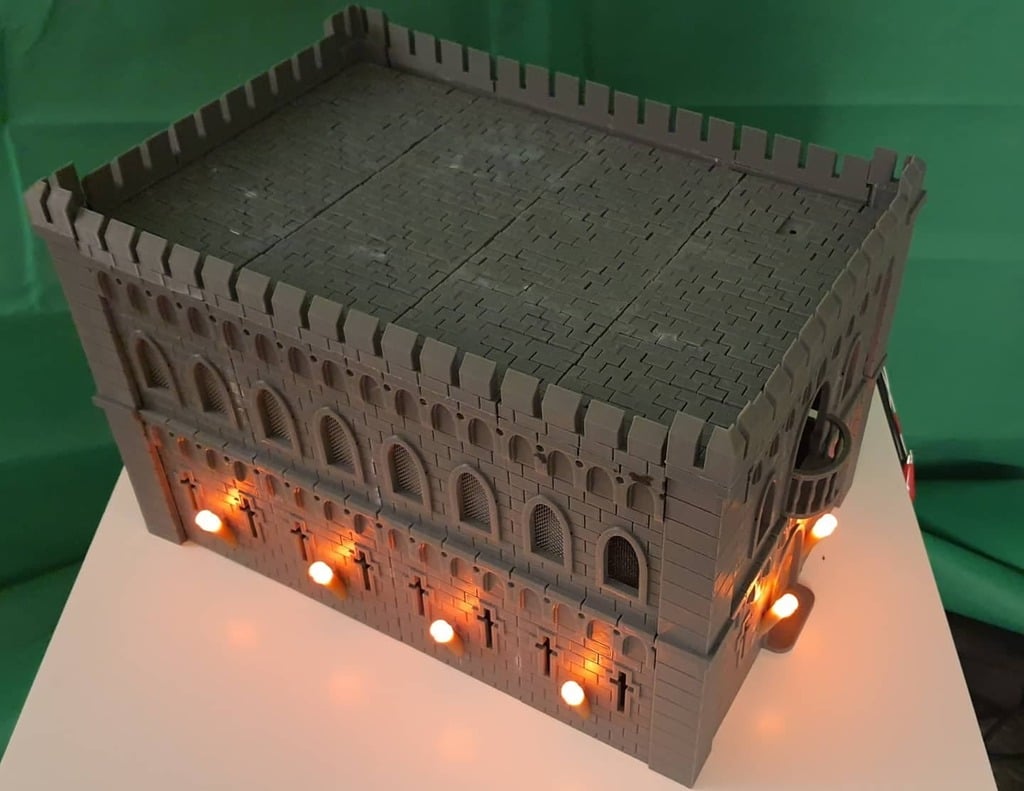- Joined
- Sep 3, 2019
- Messages
- 487
- Reaction score
- 322

More 3d printed Centering Ring router templates. Got a Loc 5.38 x 98mm mmt printing now, and adapters for it up to 7.51 Loc airframe (still 98mm mmt) and mmt adapters from 75mm to 38mm, all working off the 5.38 template, just need to print them all.
View attachment 498982
Bearing guided router bit (flush trim or laminate trim bit, bearing is a must) mounted in a router table, bearing rides on inner and outer sides, wood for cr's is attached via nails or screws, or double sided tape. trim close with bandsaw on outer and hole saw on inner, finish on router table.Interesting how do the templates work?
Since you asked so nicelyWould you share the stl files please?



Pipe is supposed to be standardized worldwide....doesn't mean it is but its supposed to be....Since you asked so nicely.
These are the STL files for both the mast top and the bottom mount. They use a length of PVC pipe (not sure how well they work with USA PVC pipe) to elevate the receiver above the roofrack of the car. The bottom mount is designed to bolt onto my roofrack which has slots for T-Nuts. Maybe you can use some sort of program to scale them to suit your PVC, or just use some wraps of tape (Kapton?) or a file to tweak the fit.
View attachment 499076
View attachment 499077
I am not going to make that bet.Pipe is supposed to be standardized worldwide....doesn't mean it is but its supposed to be....
me neither!I am not going to make that bet.
Very nice; thank you.Since you asked so nicely.
These are the STL files for both the mast top and the bottom mount. They use a length of PVC pipe (not sure how well they work with USA PVC pipe) to elevate the receiver above the roofrack of the car. The bottom mount is designed to bolt onto my roofrack which has slots for T-Nuts. Maybe you can use some sort of program to scale them to suit your PVC, or just use some wraps of tape (Kapton?) or a file to tweak the fit.
View attachment 499076
View attachment 499077
View attachment 499086




Not totally rocket related but sort of! Files were found on the web and imported into Fusion 360 and fixed and modified to work as needed. I generated new parts in 360 to support lighting, sound, stand, and linkage configuration. I use magnets to switch from patrol mode to attack mode. Drone 166 is about 8 inches in diameter.
View attachment 499219View attachment 499220View attachment 499221View attachment 499222
There are plenty of good videos on Youtube about finishing 3DP models. It all comes down to a lot of filling and sanding. Here is one to start:This is a tough one to ask, but if you don't mind, can you show some pictures of what turned out BAD or some of the time consuming steps you took to go from 3DP to such as great looking model?


and gets gigantic discounts on shipping costs, subsidized by USPS.(And from a country that artificially lowers costs to ensure the business!!)
Huh!and gets gigantic discounts on shipping costs, subsidized by USPS.
[snip]
As for @Sandy H. 's comment: I've seen this with others. They seem to think the quality & strength of a 3D print is comparable to a properly molded [hi quality] plastic part. Like, they get can get an exact replacement for their 'thing'.. and the time required for some prints just baffles them.. 16hrs to print that?!?!? "I tried to print up some Lego parts. they don't fit / broke.."
[/snip]

From someone I knew in the injection molding business, he said that color change in a plastic is not just a dye...its a chemical change as well that can alter the properties and useability of the product. I predominantly print using Amazon Basics Lt.Grey PETG and only occasionally print with the same AB PETG in natural color, but there are definite tweaks to the print settings to get serviceable prints.As i tell my co-workers (those who I train on our 3D printer & Simplify3D): "Every print is an experiment.."
We 've also started to standardize on one type of filament, and one colour. I've noticed the settings for PLA+ Red tend to need a slight tweak from the settings for PLA+ Orange..
We use our Fusion3 for work prototypes, proof of concept, and some assembly jigs
Best print quality & part prints I've seen, come off a Markforged brand printer.. (but $ $ $ $!)


NIce. What's the total print time? What's the wall thickness? Will you be glassing it?8.15" diameter version of the Estes PNC-80BB
Enter your email address to join: